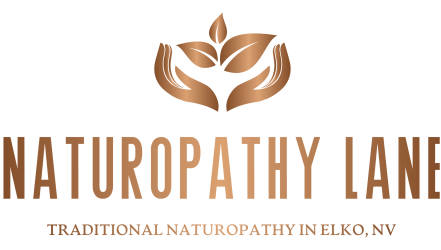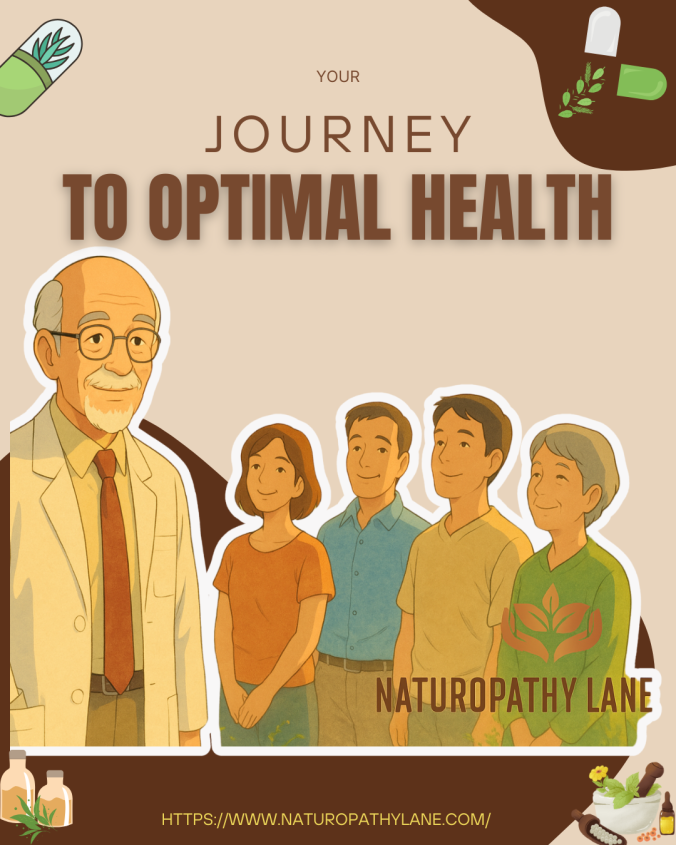Life as a Naturopath in a Small Town
Being a naturopath in a small town is rewarding and unpredictable. Each day brings new people, new stories, and new challenges. To support my patients, I balance two worlds: Staying up to date with western medical treatments so I can work alongside them. Studying natural cures, supplements, and nutraceuticals that offer alternatives when patients want more than conventional medicine. My patients are diverse, and so are their needs. Some days I apply something I’ve just learned dozens of times. Other days, I file knowledge away in the “memory banks” for future use. Either way, learning never stops.
Natural Remedies That Caught My Attention
Cartilage Support in Osteoarthritis
Recently, I read about a supplement routine that can actually regrow cartilage in people with osteoarthritis. The success rate? Around 60% over a few months. Even patients with rheumatoid arthritis saw improvements.
Relief for Neuropathy
Another study highlighted a supplement that improved symptoms of neuropathy in 40% of patients. For a condition that’s notoriously hard to manage, this kind of progress is exciting.
Gut-Brain Connection in Autism
This morning, over two cups of black coffee, I dove into research on the gut-brain connection. It showed that improving gut health reduced anxiety and ADD symptoms in children with autism. Results were impressive: about 60% success over two months, supported by preclinical studies and two clinical trials. This area hits close to home. I’ve spoken with hundreds of parents who feel helpless when it comes to their child’s anxiety, focus, or developmental challenges. Knowing there’s even a chance of natural, research-backed support makes the work worth it.
Why Natural Medicine Matters More Than Ever
One hundred years ago, supplements and nutraceuticals would have sounded like science fiction. Today, they’re part of my daily reading and part of how I serve my community. The role of a naturopath is never static — it blends curiosity, science, and holistic care. And the more I study, the more grateful I am that we live in a time when natural medicine and modern research come together for real impact.
Learn More About Our Approach
At Naturopathy Lane, we provide:
Naturopathic Consultations |Health & Wellness Coaching |Quantum Medicine and Biofeedback Coming Soon




